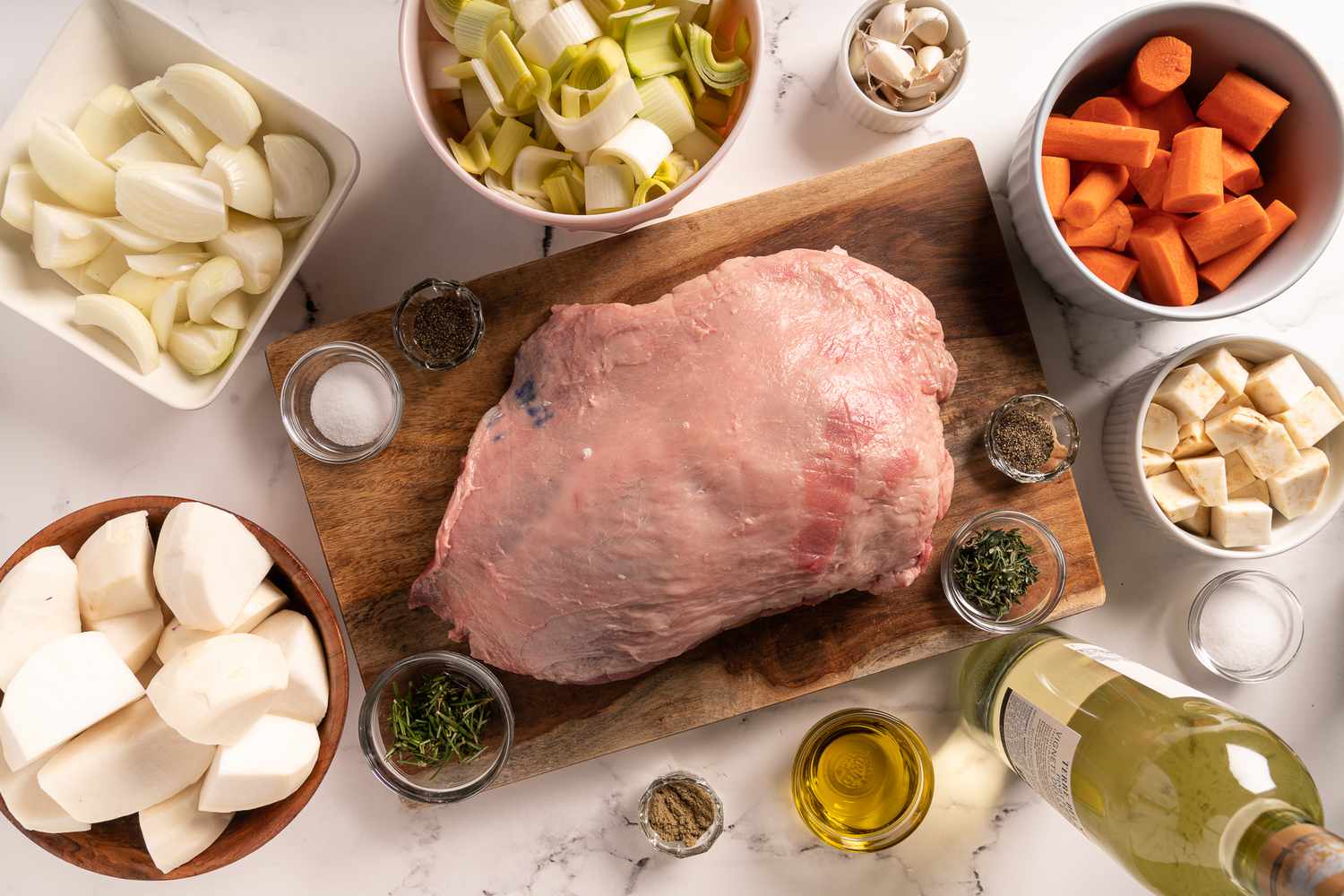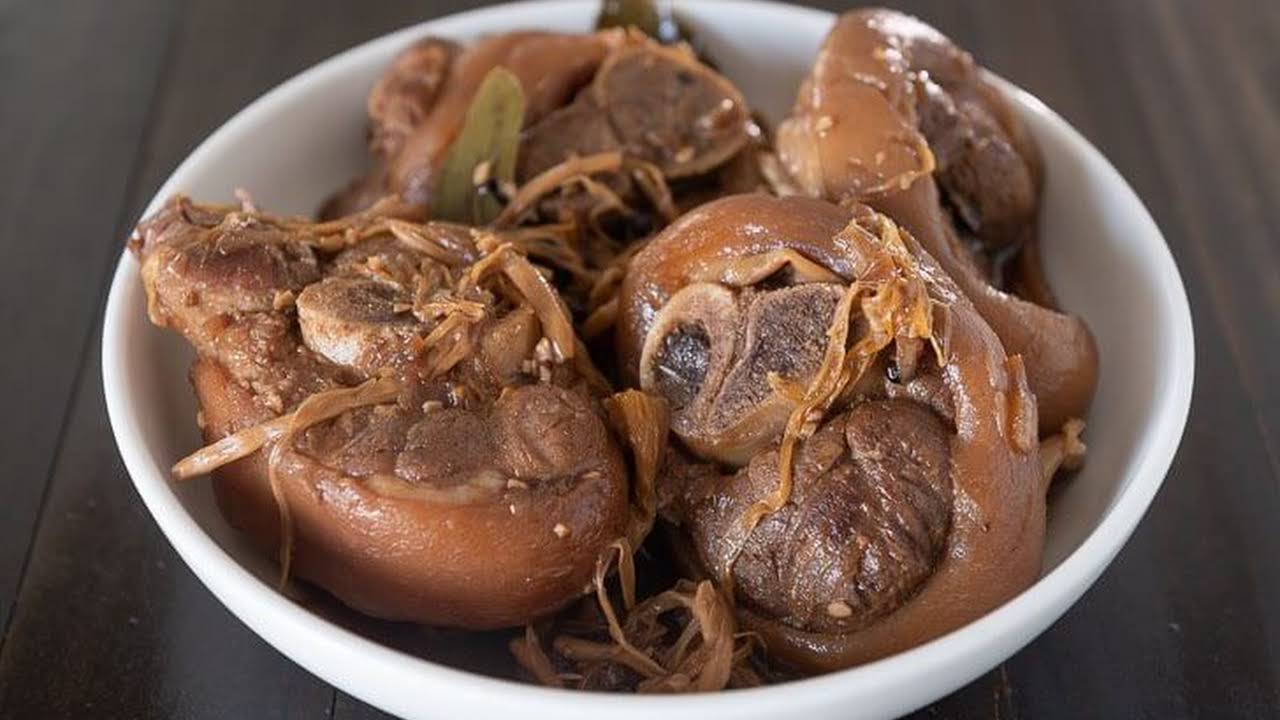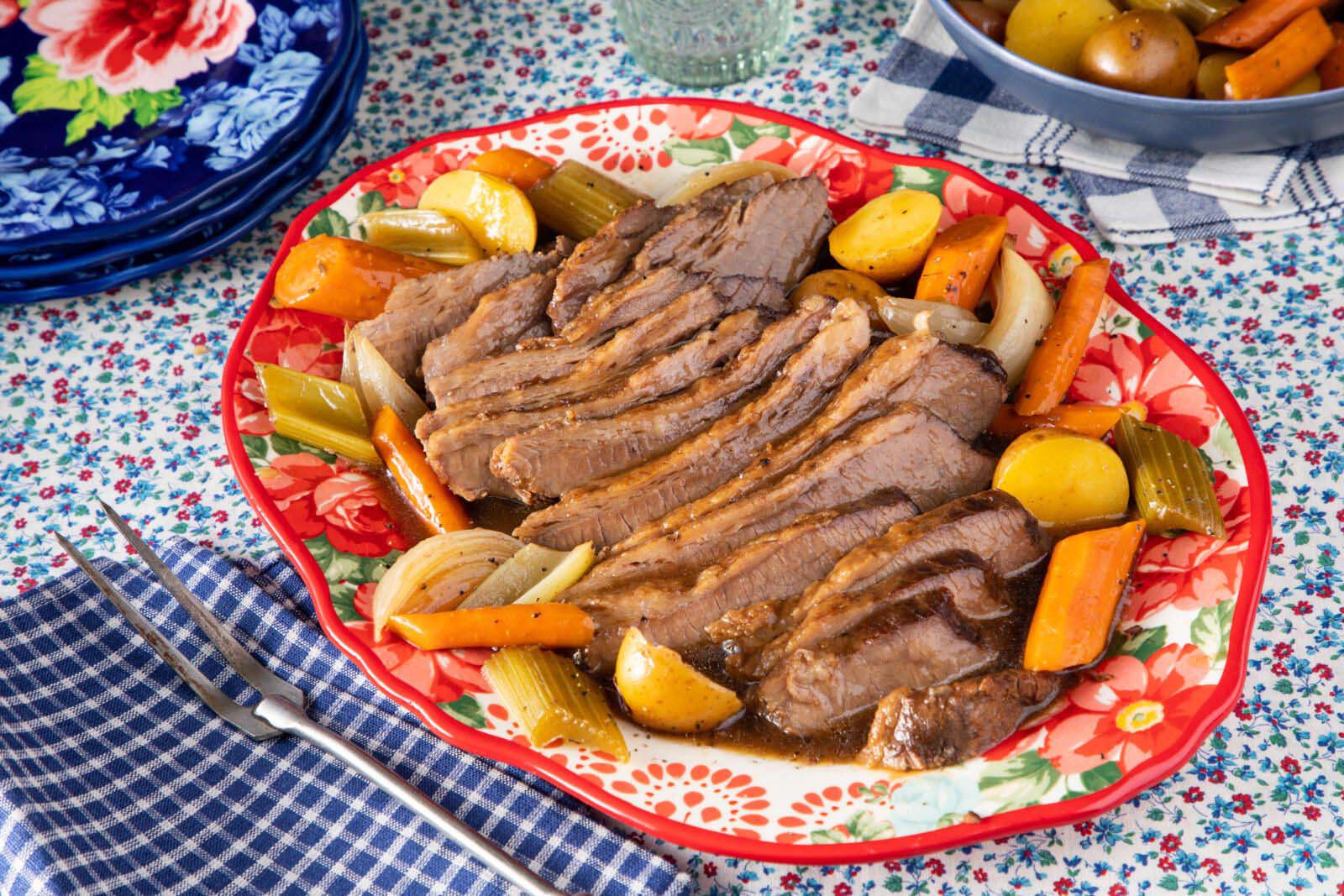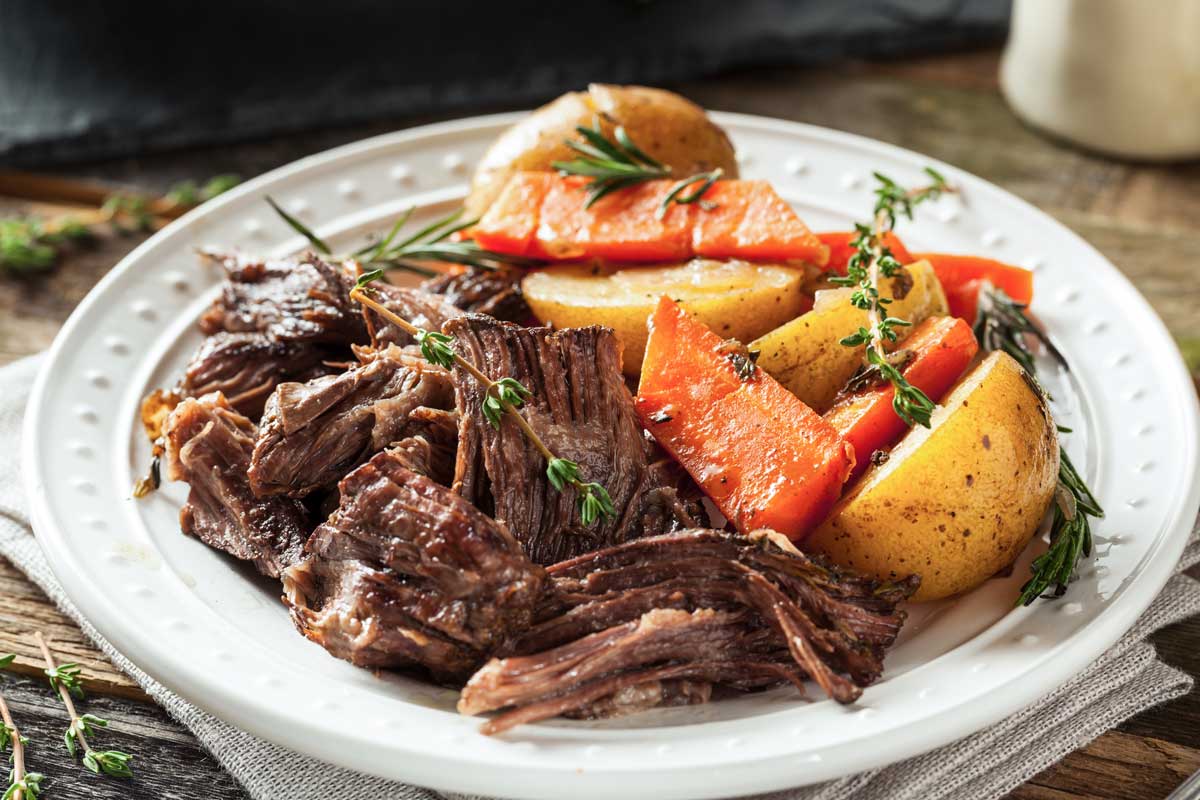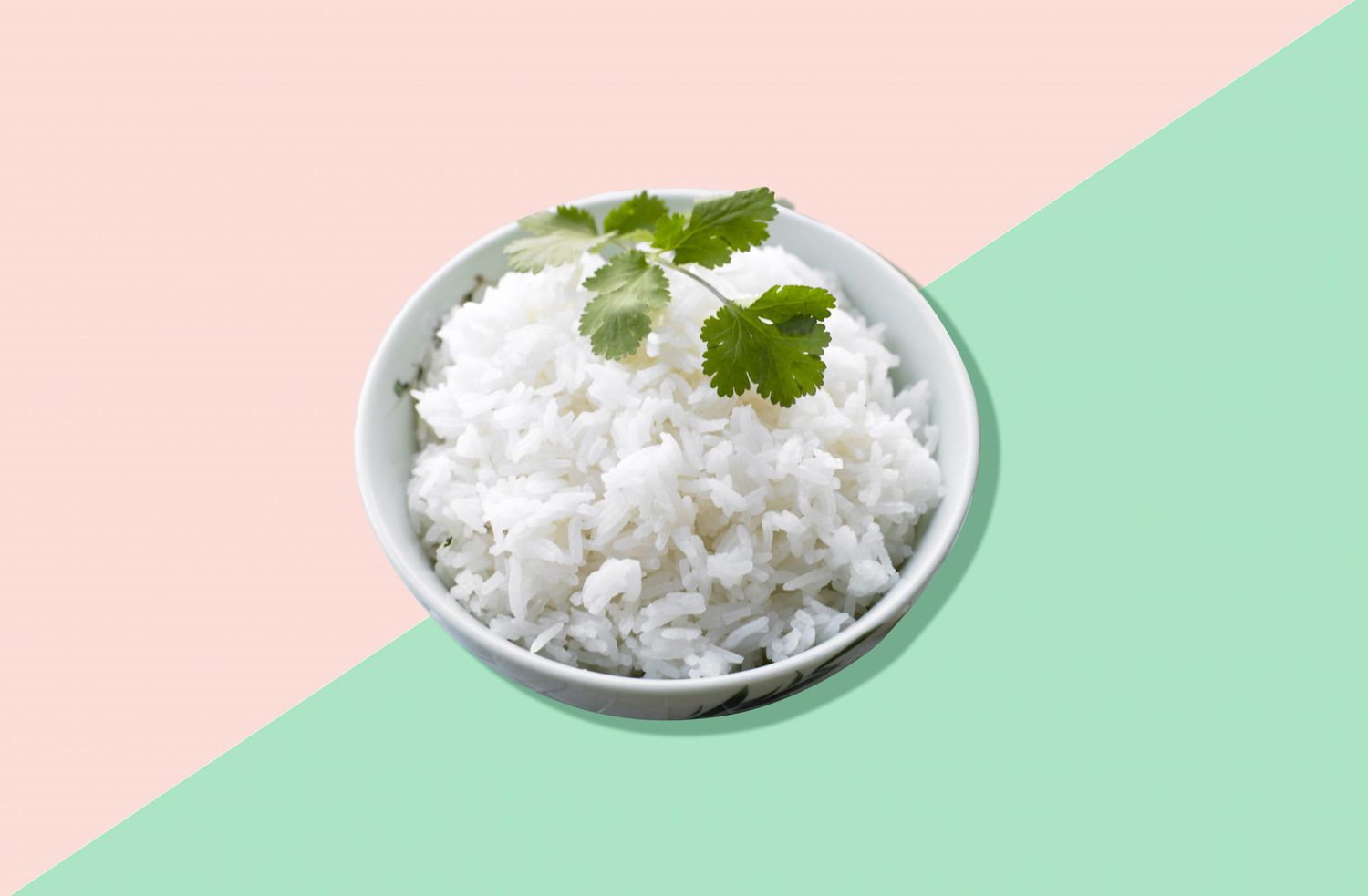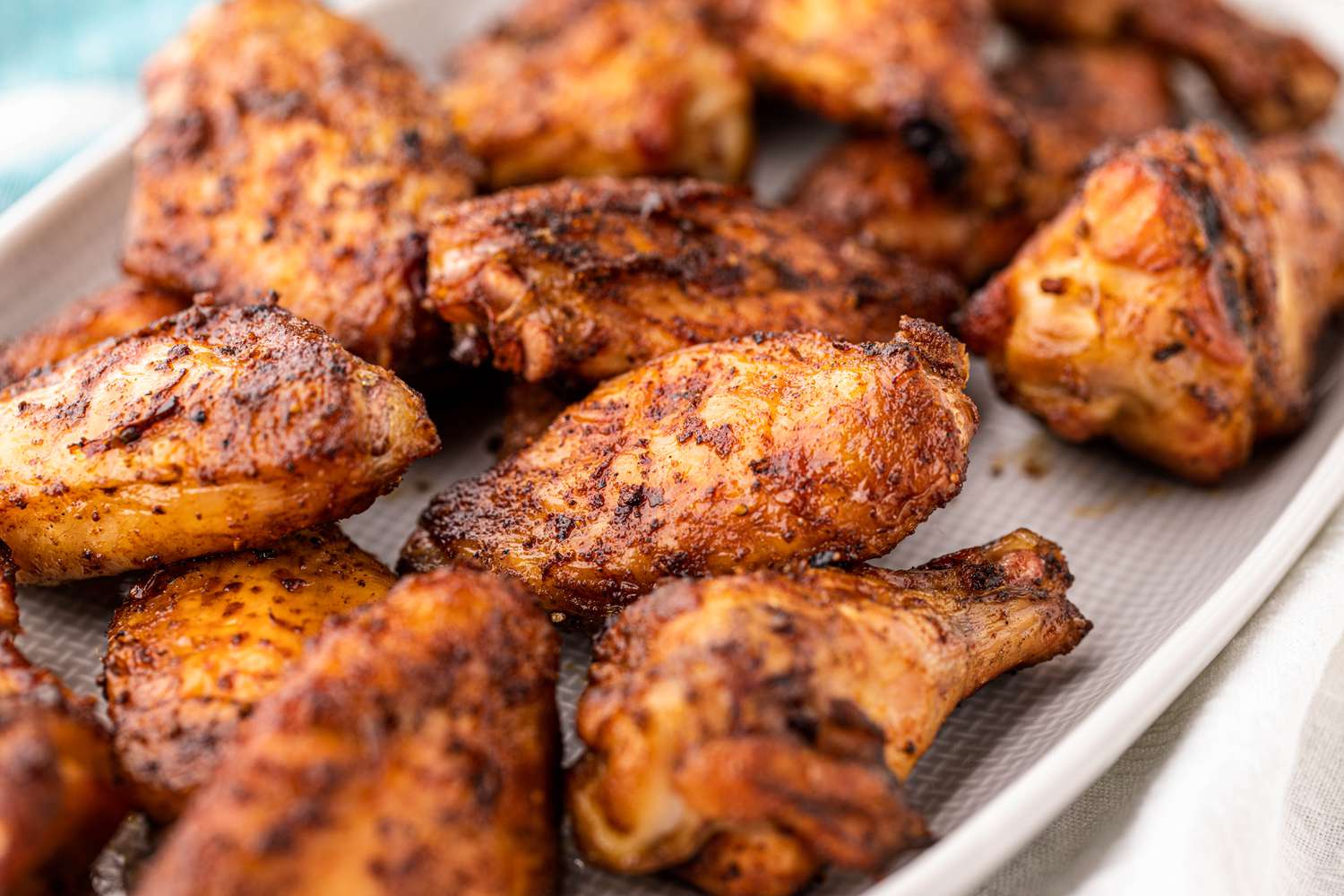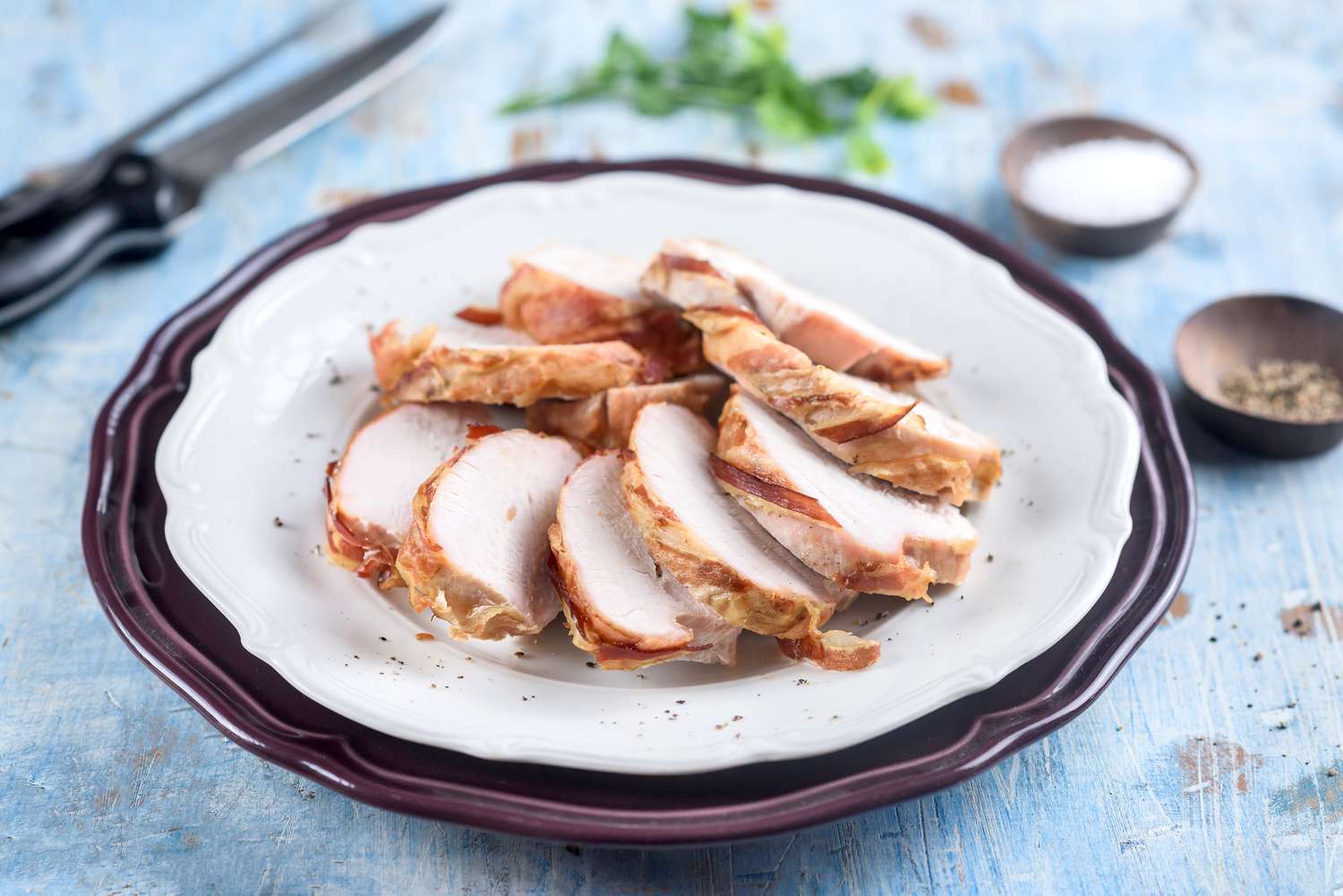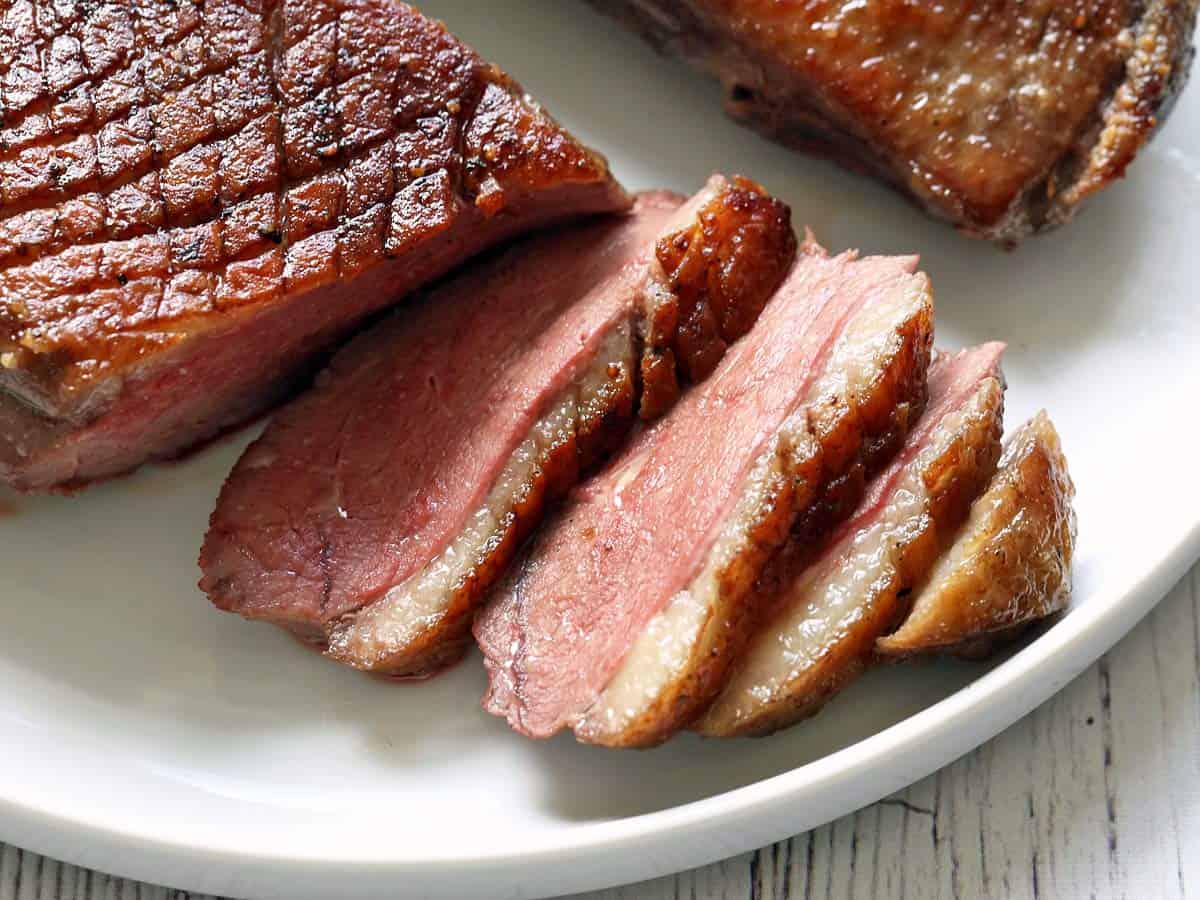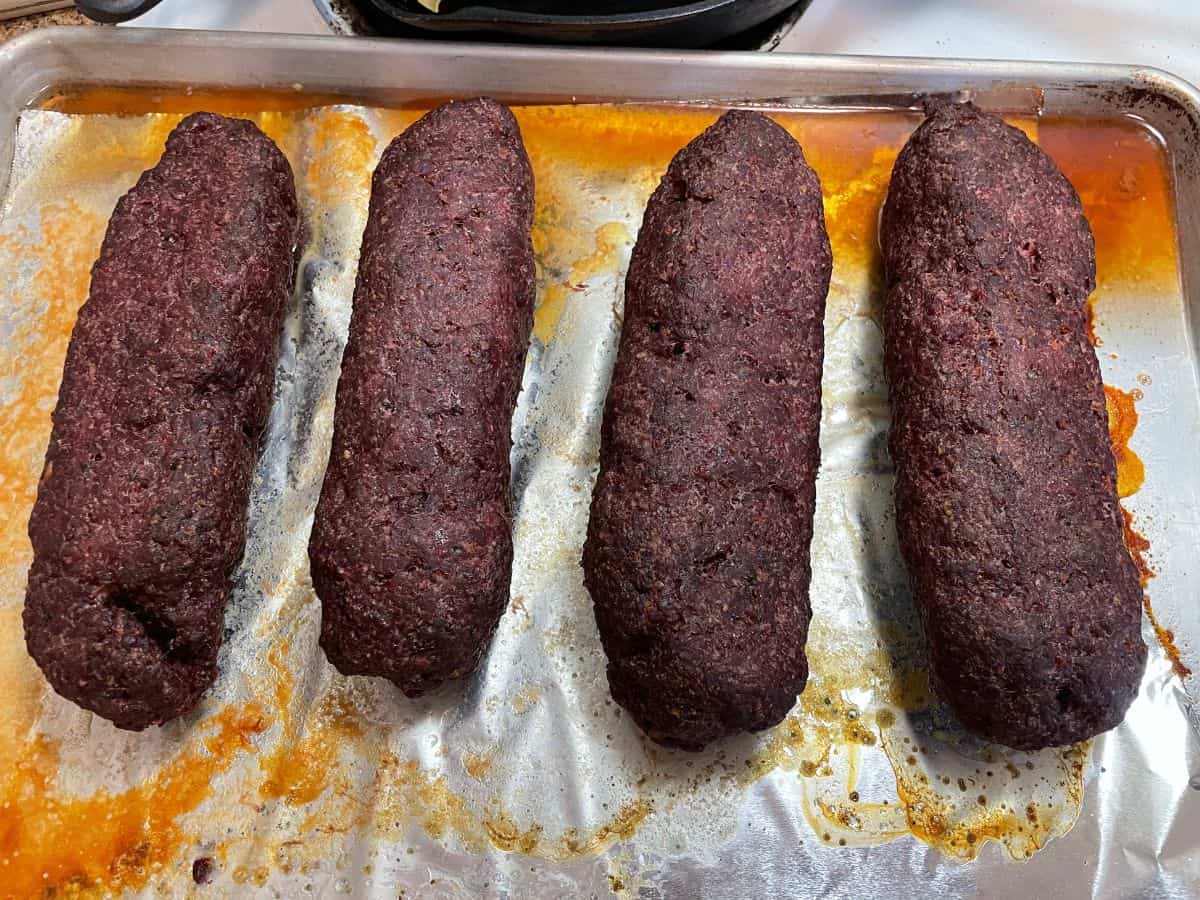Delicious and Healthy Cooking Tips for Chicken Breast to Manage Diabetes
For individuals living with diabetes, maintaining a healthy and balanced diet is essential. Chicken breast is a lean and protein-packed option that can be a fantastic addition to a diabetic-friendly meal plan. With a little creativity and some handy cooking tips, you can turn chicken breast into a flavorful and diabetes-friendly dish. Here’s how:
1. Choose the Right Cuts
When buying chicken breast, opt for skinless and boneless cuts. Removing the skin reduces the fat content, making it a healthier choice for those with diabetes. Additionally, by choosing boneless cuts, you eliminate the hassle of dealing with bones while cooking.
2. Incorporate Flavorful Marinades
Marinating chicken breast not only adds flavor but also helps to keep it moist during cooking. Avoid using marinades that contain excessive amounts of sugar or salt.
- Try a marinade made with olive oil, lemon juice, minced garlic, and herbs like rosemary or thyme.
- For a tangy twist, use apple cider vinegar, Dijon mustard, and a dash of low-sodium soy sauce.
3. Grill or Bake Instead of Frying
To keep your chicken breast healthy and diabetes-friendly, opt for grilling or baking instead of frying. These cooking methods help reduce the amount of added fat and calories.
4. Monitor Cooking Time and Temperature
Overcooking chicken breast can lead to dryness, making it less enjoyable to eat. Use a meat thermometer to ensure the internal temperature reaches 165°F (75°C) for safe consumption while keeping it moist and juicy.
5. Add Flavor with Herbs and Spices
Enhance the taste of your chicken breast using a variety of herbs and spices. Experiment with flavors while keeping an eye on your carbohydrate intake.
- Sprinkle some paprika, black pepper, and dried oregano for a Mediterranean flair.
- Try a blend of chili powder, cumin, and garlic powder for a Mexican-inspired twist.
6. Serve with Low Glycemic Index Ingredients
When crafting a complete meal for diabetics, it’s important to pair your chicken breast with low glycemic index (GI) ingredients. These foods have a minimal impact on blood sugar levels.
- Opt for whole grains such as brown rice or quinoa as a side dish.
- Incorporate non-starchy vegetables like broccoli, spinach, or asparagus for added nutrients.
- Add a salad with leafy greens and colorful veggies dressed with a vinegar-based dressing for a refreshing option.
By implementing these cooking tips and being mindful of portion sizes, you can enjoy delicious and diabetes-friendly chicken breast meals that not only satisfy your taste buds but also help you maintain stable blood sugar levels. Remember, it’s always best to consult with a healthcare professional or a registered dietitian for personalized advice on managing diabetes through diet.
Bon appétit and take care of your wellbeing!
Was this page helpful?
Read Next: How To Cook Steelhead Salmon
